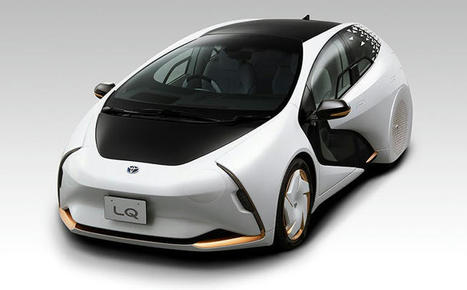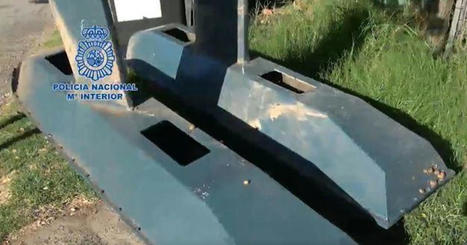The advantages of solid-state batteries versus lithium-ions to power EVs are clear, but designing the solid electrolyte has proven difficult. However, many companies and institutions are quickly making headway toward solutions.

|
Scooped by
Richard Platt
onto Low Power Heads Up Display October 29, 2021 7:01 PM
|





 Your new post is loading...
Your new post is loading...





























There are two ways to boost capacity. The 1st is to increase the number of batteries, but then the battery $/EV goes up and the batteries would take up too much space in the vehicle. The alternative is to move to a solid-state battery from the current lithium-ion batteries, where during battery charging and discharging, electrically charged particles (or ions) of lithium pass from one electrode to the other through a liquid electrolyte. Solid-state batteries (SSB's) offer significant potential advantages over conventional lithium-ion batteries. A SSB promises to be lighter, have more energy density (simply put, the higher the density, the higher the power output), recharge faster, and be more stable in extreme temperatures. Materials proposed for use as solid electrolytes in solid-state batteries include ceramics (e.g., oxides, sulfides, phosphates) and solid polymers. Solid-state batteries have the potential of increasing energy density and improving other battery parameters. Designing a solid electrolyte that’s stable, chemically inert, and still a good conductor of ions between the electrodes isn’t easy. But with the number of automakers, universities, and startups investing time and $ in the technology, it’s really just a question of when these efforts will prove successful.